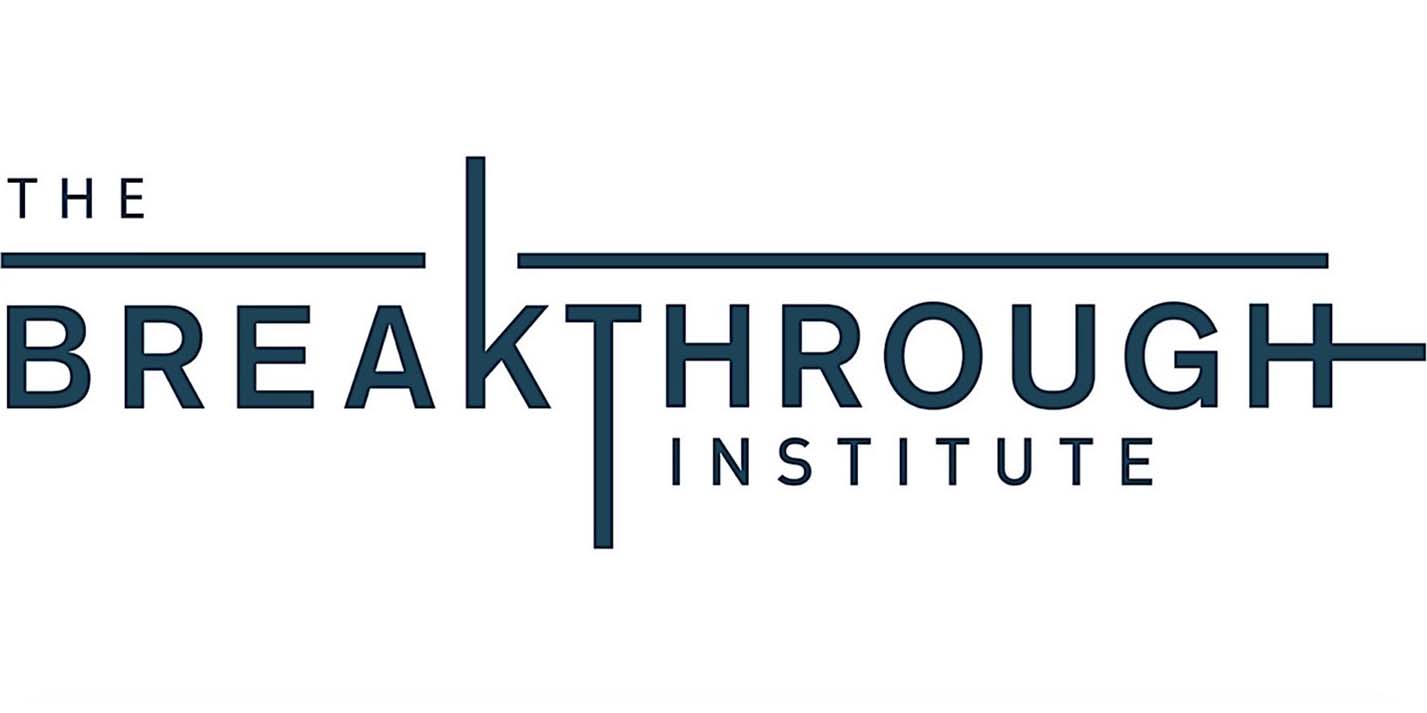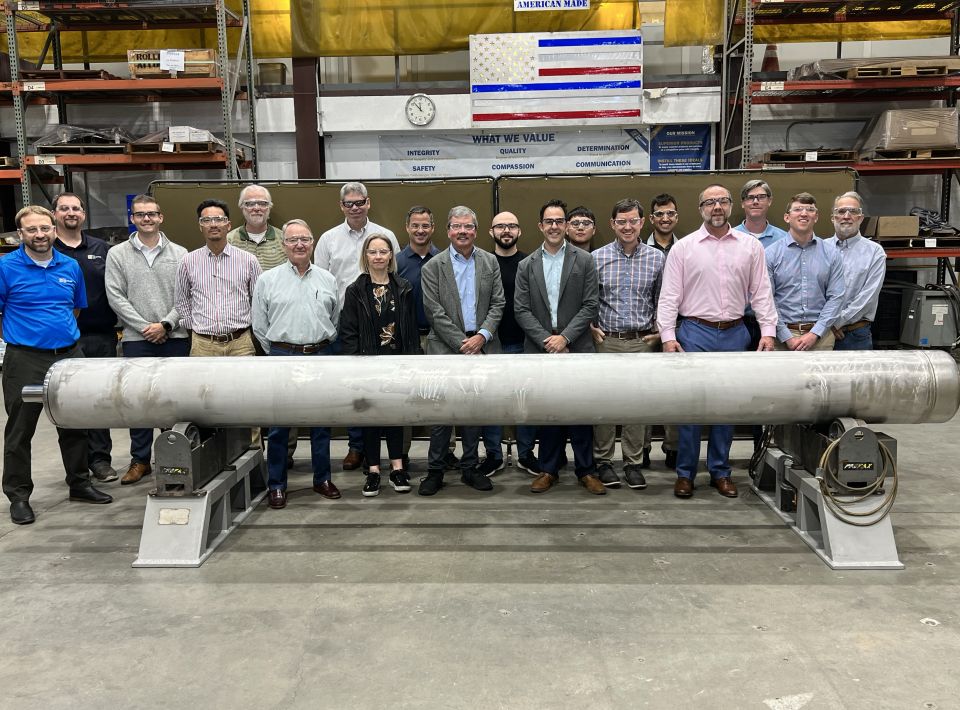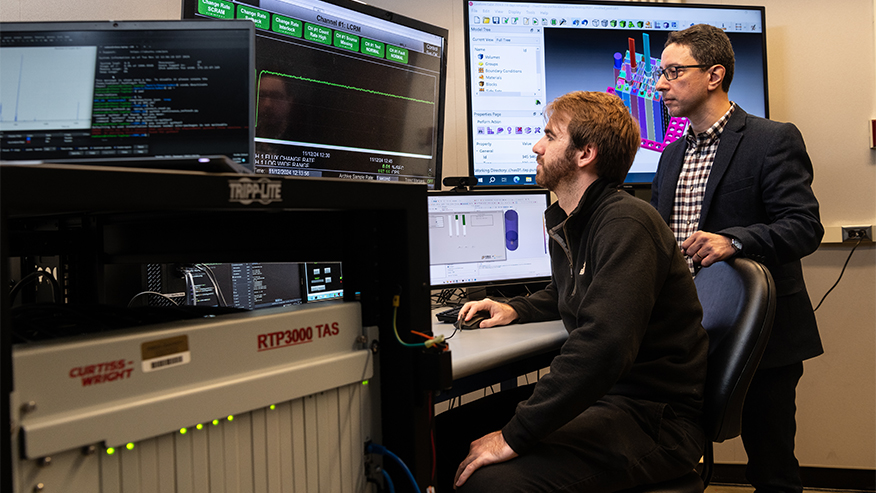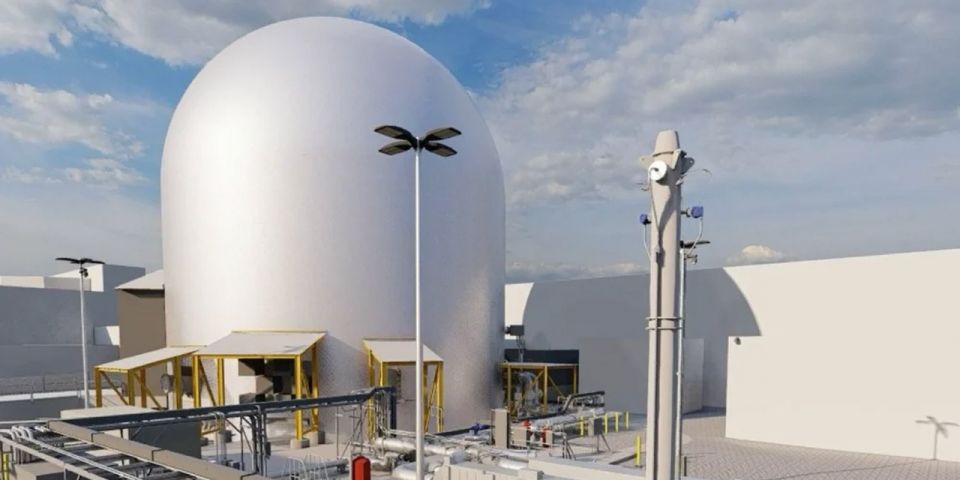The Breakthrough Institute is an environmental research center based in Oakland, Calif. Nuclear energy is a major area of research covered by the organization.
Applying legacy standards: The NRC’s proposed new rule stems from the 2019 Nuclear Energy Innovation and Modernization Act (NEIMA), by which Congress directed the NRC to develop a modernized licensing framework for advanced nuclear reactors. Nordhaus and Stein point out that the NRC had directed its staff not to use health and radiation standards with the new framework in the ways in which the standards are applied to advanced reactors in the proposed rule. They argue that a “truly risk-informed and performance-based rule would establish a clear and reasonable standard for acceptable radiation exposure to plant workers and the public, and then leave it to license applicants to demonstrate that the proposed reactor design can achieve that standard.” One specific criticism of the proposed rule is that it “mandates that advanced reactors demonstrate that they have the same design elements required for large light water reactors; multiple barriers to radiation release, for instance.”
Another criticism is that the methodology “used to assess risks of failure due to interactions between multiple components and safety systems for large, complex, pressurized reactors, is required for safety analysis of much smaller and simpler advanced reactors that have few components and moving parts, rely on fundamental physical properties of their fuels and coolants to assure safe operations and limit the risks from accidents, and don’t have enough radioactive material in their cores to result in a major accident.”
Poison pill: Nordhaus and Stein note that after an industry survey indicated that an earlier draft of the proposed NRC rule was viewed as “more complicated and burdensome than the existing rules,” the NRC developed a revised, streamlined framework for some small advanced reactors, called the Alternative Evaluation for Risk Insights (AERI). However, “the NRC staff then included a poison pill in AERI, which requires that the risk analysis assume that a maximum accident occurs every year for the lifetime of the reactor, an assumption that is physically impossible . . . and could only be met by a reactor with a risk of releasing radiation to the public in the event of a maximum accident so small as to be functionally equivalent of zero.”
Worst of both worlds: The Breakthrough Institute summary notes, “Taken together, the two new frameworks in the Part 53 licensing proposal offer the worst of both worlds, marrying the old prescriptive and inflexible licensing rules to impossible risk thresholds so low that they cannot be observed epidemiologically. Needless to say, this is not a recipe for the development of an innovative and globally competitive advanced nuclear.”
The analysis further criticizes the NRC for “actually propagating public health risk”—an accusation based on the institute’s contention that the “public health risk associated with emissions of air toxins, particulates, and other dangerous pollutants allowed by EPA regulations of power plants under the Clean Air Act are several orders of magnitude greater than the standards that NRC proposes to enforce for advanced reactors.”
A clean sheet of paper: Nordhaus and Stein end their summary of the Breakthrough Institute analysis saying, “Part 53, as currently drafted, neither meets the mandate that Congress gave the NRC in NEIMA nor serves the public interest.” They urge the five NRC commissioners to direct “the NRC staff to go back to the drawing board, start with a clean sheet of paper, engage stakeholders seriously, and draft a truly modernized and risk-informed licensing framework.” Otherwise, they argue, there is little chance that the first advanced nuclear reactors will be licensed and demonstrated in the United States by the end of this decade.





 rotated.jpg)

